1.
Introduction and main results
In this paper, the following quasilinear Schrödinger-Poisson equations varying with time t are considered
where φ=φ(x,t) is the wave function, k is a positive constant, ρ is a real function. Here we focus on the case k=1, ρ(s)=s. This class of Schrödinger type equations with a repulsive nonlocal Coulombic potential is obtained by approximation of the Hartree-Fock equation which has been used to describe a quantum mechanical system of many particles, more physical meanings can be found in references [1,2,3,4] and its references.
We are interested in whether the equations E(i) have solutions in the following form
where λ∈R is the frequency of occurrence of u(x). After standing wave transformation φ=φ(x,t)=e−iλtu(x), the following steady-state equation is obtained
Therefore, if e−iλtu(x) is the standing wave solution of equation E(i), if and only if u(x) is the solution of Eq (1.1). At this time, there are two research methods for finding the solution of Eq (1.1), one of them is to treat λ as a fixed parameter and the another is to treat λ as a Lagrange multiplier. When λ is regarded as a fixed parameter, the solution of Eq (1.1) can be obtained by finding the critical point of the following functional
When λ is a Lagrange multiplier, its value range is unknown, and the study of this situation will be more interesting. Therefore, in this paper, we regard λ as a Lagrange multiplier. After giving the mass ∫R3u2dx=c in advance, we study the solution of Eq (1.1) satisfying ||u||22=c. So, the solution of Eq (1.1) satisfying this condition can be obtained by the critical point of the following functional K(u) under constraint Sc
where
In this case, the parameter λ cannot be fixed but instead appears as a Lagrange multiplier, if u∈Sc is a minimizer of problem
then there exists λ∈R such that K′(u)=λu, namely, (u,λ) is the solution of Eq (1.1) and satisfies ||u||22=c. Since in literature there are no results available for the quasilinear Schrödinger-Poisson equation studied in this paper, we can only provide references for similar problems.
In [5,6,7,8,9], many authors studied Schrödinger-Poisson equations similar to the following
where f∈C(R,R), V(x,t) is the potential function, the unknown function ψ=ψ(x,t):R3×[0,T]→C is the wave function. The existence and nonexistence of normalized solutions of the general Schrödinger-Poisson equation were established, depending strongly on the value of p∈(2,6) and of the parameter c>0. That is, it is precisely proved that when p∈(2,3) and c>0 are sufficiently small, the energy functional corresponding to Schrödinger-Poisson equation has a global minimum solution on Sc. When p∈(3,103), there exists a c0>0 such that a solution exists if and only if c≥c0. When p∈(103,6), since the energy functional corresponding to Schrödinger-Poisso equations have no lower bound on Sc, it is impossible to find the global minimum solution on Sc. But in [10], the authors proved that for any C>0 is small enough, the following Schrödinger-Poisso equations
has an energy minimum solution on Sc. However, in [11], considering that H1r(R3) is compact embedded in Lq(R3)(q∈(2,6)), the author proved that the above equation has infinitely many normalized radial solutions when p∈(103,6) and c>0 is sufficiently small.
In [12,13,14], different authors studied quasilinear Schrödinger-Poisson equations similar to the following
where f∈C(R,R), V(x) is the potential function. Firstly, the quasilinear equation is transformed into a semilinear equation by using a change of variables, by conditionally limiting f, the existence results of positive solutions, ground state solutions and bound state solutions of the above equations were established by various analysis methods. For example, in [12], the authors studied the following quasilinear Schrödinger-Poisson equations
where V∈C(RN,R), h∈C(R+,R), is Hölder continuous and satisfy
(V0) there exists V0>0 such that V(x)≥V0>0.
(V1) lim|x|→∞V(x)=V(∞) and V(x)≤V(∞).
(h0) lims→0h(s)s=0.
(h1) for any s∈R, C>0, there exist p<3N+2N−2(whenN=1,2,p<∞) such that |h(s)|≤C(1+|s|p). If one of the following conditions hold, then Eq (1.4) has a positive nontrivial solution:
(h2) There exists μ>4, such that, for any s>0, 0<μH(s)≤h(s)s hold, where H(s)=∫s0h(t)dt.
(h3) For any s>0, 0<4H(s)≤h(s)s hold and when N≥4, p<3N+4N(N=3,p≤5), where H(s)=∫s0h(t)dt.
Therefore, we are curious that does the quasilinear Schrödinger-Poisson equation like (1.1) has similar results as those in the above literature under some conditions. Compared with [5,6,7,8,9], we study the existence of infinitely many normalized radial solutions of Schrödinger-Poisson equation with quasilinear term. To our knowledge, there are very few results in this direction in the existing literature. Moreover, compared with references [12,13,14], in this paper, we establish the existence results of infinitely many normalized radial solutions for this kind of equation, this can be regarded as the supplement and generalization of quasilinear Schrödinger-Poisson equations in this research direction of gauge solution.
Our result is as follows.
Theorem 1.1. Assume that p∈(103,6). There exists c0>0 sufficient small such that for any c∈(0,c0], (1.1) admits an unbounded sequence of distinct pairs of radial solutions (±un,λn)∈Sc×R− with ||un||22=c and λn<0 for each n∈N, and such that
Remark 1.1. Firstly, when p∈(103,6), the energy functionals K(u) corresponding to Eq (1.1) have no lower bounds on Sc, which will result in the absence of global minimum solution. Secondly, it can be easily checked that the functionasl K(u), restricted to Sc, do not satisfy the Palais-Smale condition.
Remark 1.2. Firstly, due to the existence of quasilinear term, the energy functionals corresponding to Eq (1.1) are not well defined in H1r(R3), hence, the usual variational method can not be used directly. In order to overcome this difficulty, we have two methods: one is to re-establish an appropriate variational framework so that the energy functional corresponding to Eq (1.1) have a good definition, the another is to convert Eq (1.1) into semi-linear equations through a change of variables, and then we can use a general variational method to study it. In this paper, we select second method. Secondly, because of the existence of the nonlocal term |x|−1∗|u|2, this will make the proof more complex.
Definition 1.1. For given c>0, we say that I(u) possesses a mountain pass geometry on Sc if there exists ρc>0 such that
where I:H1(R3)→R, Γc={g∈C([0,1],Sc):||∇g(0)||22≤ρc,I(g(1))<0}, Sc={u∈H1(R3):||u||22=c}.
2.
Preliminaries and proof of Theorem 1.1
In the following, we will introduce some notations.
(1) H1(R3)={u∈L2(R3):∇u∈L2(R3)}.
(2) H1r(R3)={u∈H1(R3):u(x)=u(|x|)}.
(3) ||u||=(∫R3|∇u|2+u2dx)12,∀u∈H1r(R3).
(4) ||u||s=(∫R3|u|sdx)1s,∀s∈[1,+∞).
(5) ⟨u,v⟩H1r=∫R3∇u∇v+uvdx.
(6) c,ci,C,Ci denote various positive constants.
From the above description, we know that the energy functional Jλ:H1(R3)→R associated with problem (1.1) by Jλ(u), where Jλ(u) is given in (1.2).
Then such solutions of Eq (1.1) satisfying condition ||u||22=c and u(x)=u(|x|) can be obtained by looking for critical points of the functionals K limited to S′c={u∈H1r(R3):||u||22=c}, where K(u) is given in (1.3), H1r(R3) is the space composed of the radial function of H1(R3), and the embedding H1r(R3)↪Lq(R3) is compact for q∈(2,6).
In order to prove our results, we first do a appropriate change of variables, ∀u,v∈H1r(R3), v:=f−1(u), f satisfies the following conditions:
(f1) f is uniquely defined, smooth and invertible;
(f2) f′(t)=1√1+2f2(t), t∈[0,+∞);
(f3) f(0)=0 and f(t)=−f(−t), t∈(−∞,0].
In addition, we summarize some properties of f which have been proved in [12,13,14].
(f4) |f(t)|≤|t|, ∀t∈R;
(f5) there exists a positive constant C such that
By making a change of variables, we get the following functional
It can be seen that functional Iλ is well defined in H1r(R3) and the corresponding equation is
Then such solutions of Eq (1.1) satisfying condition ||u||22=c and u(x)=u(|x|) can be obtained by looking for critical points of the following functional F under the corresponding constraints
The corresponding constraint condition is
Then, if u∈S′c is the solution of Eq (1.1), if and only if v∈Sr(c) is the solution of Eq (2.1). Moreover we define, for short, the following quantities
We first establish some preliminary results. Let {Vn}⊂H1r(R3) be a strictly increasing sequence of finite-dimensional linear subspaces in H1r(R3), such that ⋃nVn is dense in H1r(R3). We denote by V⊥n the orthogonal space of Vn in H1r(R3). Then we have
Lemma 2.1. (See [5,Lemma 2.1]) Assume that p∈(2,6). Then there holds
Now for c>0 fixed and for each n∈N, we define
and
We also define
Lemma 2.2. For every p∈(2,6), we have bn→∞ as n→∞. Particularly, there exists n0∈N such that bn≥1 for all n≥n0, n∈N.
Proof. For any v∈Bn, we have that
From this estimation and Lemma 2.1, it follows since p>2, that bn→+∞ as n→∞. Now, considering the sequence Vn∈H1r(R3) only from an n0∈N such that bn≥1 for any n≥n0 it concludes the proof of the lemma. Next we start to set up our min-max scheme. First we introduce the map κ:H:=H1r(R3)×R→H1r(R3) by
where H is a Banach space equipped with the product norm ||(v,θ)||H=(||v||2+|θ|2)12. Observe that for any given v∈Sr(c), we have κ(v,θ)→H1r(R3) for all θ∈R. Also from [8,Lemma 2.1], we know that
Thus, using the fact that Vn is finite dimensional, we deduce that for each n∈N, there exists an θn>0, such that
satisfies
Now we define
Clearly ¯gn∈Γn. Let
where vt(x)=t32v(tx), then ||f(vt)||22=||f(v)||22, and so, for any v∈Sr(c),t>0, we have vt∈Sr(c), and take into account
let
Now we give the key intersection result, due to [15].
Lemma 2.3. For each n∈N,
Proof. The point is to show that for each g∈Γn there exists a pair (t,v)∈[0,1]×(Sr(c)∩Vn), such that g(t,v)∈Bn with Bn defined in (2.2). but this proof is completely similar to the proof of Lemma 2.3 in [15], and this proof is omitted here.
According to Lemma 2.3 and (2.7), we derive that, F satisfies mountain pass geometry, that is, for any g∈Γn, we have
Next, we shall prove that the sequence {γn(c)} is indeed a sequence of critical values for F restricted to Sr(c). To this purpose, we first show that there exists a bounded Palais-Smale sequence at each level {γn(c)}. From now on, we fix an arbitrary n∈N, then the following lemma can be obtained.
Lemma 2.4. For any fixed c>0, there exists a sequence {vk}⊂Sr(c) satisfying
where
In particular {vk}⊂Sr(c) is bounded.
To find such a Palais-Smale sequence, we consider the following auxiliary functional
where κ(v,θ) is given in (2.4), it is checked easily that Q(v)=∂F(κ(v,θ))∂θ|θ=0, set
Clearly, for any g∈Γn, ˜g:=(g,0)∈˜Γn.
Define
According to [10,16,17], it is checked easily that F and ˜F have the same mountain pass geometry and ˜γn(c)=γn(c).
Following [18], we recall that for any c>0, Sr(c) is a submanifold of H1r(R3) with codimension 1 and the tangent space at Sr(c) is defined as
The norm of the derivative of the C1 restriction functional F|Sr(c) is defined by
Similarly, the tangent space at (u0,θ0)∈Sr(c)×R is given as
The norm of the derivative of the C1 restriction functional ˜F|Sr(c)×R is defined by
As in [19,Lemma 2.3], we have the following lemma, which was established by using Ekeland's variational principle.
Lemma 2.5. For any ε>0, if ˜g0∈˜Γn satisfies
Then there exists a pair of (v0,θ0)∈Sr(c)×R such that:
(i)˜F(v0,θ0)∈[˜γn(c)−ε,˜γn(c)+ε];
(ii)mint∈[0,1],v∈Sr(c)∩Vn||(v0,θ0)−˜gk(t,v)||H≤√ε;
(iii)||˜F′|Sr(c)×R(v0,θ0)||≤2√ε, i.e.,
Next, we will give the proof of Lemma 2.4.
Proof. From the definition of γn(c), we know that for each k∈N, there exists an gk∈Γn such that
Since ˜γn(c)=γn(c), ˜gk=(gk,0)∈˜Γn satisfy
Thus applying Lemma 2.5, we obtain a sequence {vk,θk}⊂Sr(c)×R such that:
(i)˜F(vk,θk)∈[γn(c)−1k,γn(c)+1k];
(ii)mint∈[0,1],v∈Sr(c)∩Vn||(vk,θk)−(gk(t,v),0)||H≤1√k;
(iii)||˜F′|Sr(c)×R(vk,θk)||≤2√k, that is
For each k∈N, let uk=κ(vk,θk). We shall prove that uk∈Sr(c) satisfies (2.9). Indeed, firstly, from (i) we have that F(uk)→γn(c)(k→∞), since F(uk)=F(κ(vk,θk))=˜F(vk,θk). Secondly, note that
and (0,1)∈˜T(vk,θk). Thus (iii) yields Q(uk)→0(k→∞). Finally, to verify that F′|Sr(c)(uk)→0(k→∞), it suffices to prove for k∈N sufficiently large, that
To this end, we note that, for ω∈Tuk, setting ˜ω=κ(ω,−θk), v′k=f(vk), one has
If (˜ω,0)∈˜T(vk,θk) and ||(˜ω,0)||2H≤4||ω||2 and k∈N is sufficiently large, then (iii) implies (2.11). To verify these conditions, observe that (˜ω,0)∈˜T(vk,θk)⇔ω∈Tuk. Also from (ii) it follows that
by which we deduce that
holds for k∈N large enough. At this point, (2.11) has been verified. To end the proof of the lemma it remains to show that {uk}∈Sr(c) is bounded. But one notes that for any v∈H1(R3), there holds that
Thus we have
Since p∈(103,6) it follows immediately from (2.14) that {uk}∈Sr(c) is bounded in H1(R3).
Lemma 2.6. Assume that (f1)−(f4) hold and v is a weak solution of (2.1). Then Q(v)=0. Furthermore, there exists a constant c0>0 independing on λ∈R such that if ||f(v)||22≤c0 sufficiently small, then λ<0.
Proof. Let v be a weak solution of (2.1), the following Pohožaev-type identity holds
By multiplying (1.1) by u and integrating. After a change of variables, we obtain the following identity
By multiplying (2.16) by 32 and minus (2.15), we obtain
From the above equation Q(v)=0. By multiplying (2.16) by 3p and minus (2.15), we obtain
On the one hand, by (f4), Hardy-Littlewood-Sobolev inequality and Gagliardo-Nirenberg inequality, we have
On the other hand, by (f4), (2.17) and Gagliardo-Nirenberg inequality, we derive that, there exists a C(p)>0 such that
implies
Due to p∈(103,6), then 10−3p2<0. Note that (2.20) tells us that, for any solution v of (2.1) with small L2-norm, ||∇v||2 must be large. By the property of f, it is easy to see that f is monotonically increasing on (−∞,+∞). By this time, we just taking ||f(v)||22=c is small enough so as to |v|<1, then by (f5), (2.18) and (2.19), we derive that, there exist C>0 and ˜C(p)>0 such that
It follws from (2.20) that when ||∇u||2 is sufficiently small, the left-hand side of (2.21) is negative, that is, λC2||v||22<0(||∇u||2→0). Therefore, there exists a constant c0>0 independing on λ∈R, such that a solution v of (2.1), if satisfies ||f(v)||22≤c0 sufficiently small, then λ<0. Similar to [8,16,17], we have the following proposition.
Proposition 2.1. Let {vk}⊂Sr(c) be the Palais-Smale sequence obtained in Lemma 2.4. Then there exist λn∈R and vn∈H1r(R3), such that, up to a subsequence,
(i)vk⇀vn, in H1r(R3),
(ii)−Δvk−λnf(vk)f′(vk)+(|x|−1∗|f(vk)|2)f(vk)f′(vk)−|f(vk)|p−2f(vk)f′(vk)→0, in H−1r(R3),
(iii)−Δvn−λnf(vn)f′(vn)+(|x|−1∗|f(vn)|2)f(vn)f′(vn)−|f(vn)|p−2f(vn)f′(vn)=0, in H−1r(R3). Moreover, if λn<0, then we have
In particular, ||f(vn)||22=c, F(vn)=γn(c) and F′(vn)=λnvn in H−1r(R3).
Proof. Since {vk}⊂Sr(c) is bounded, up to a subsequence, there exists a vn∈H1r(R3), such that
Now let's prove that vn≠0. Suppose vn=0, then by the strong convergence of vk→vn in Lp(R3), it follows that C(vk)→0. Taking into account that Q(vk)→0, it then implies that A(vk)→0 and B(vk)→0. Thus F(vk)→0 and this contradicts the fact that γn(c)≥bn≥1. Thus (i) holds.
The proofs of (ii) and (iii) can be found in [10,Proposition 4.1]. Now using (ii), (iii) and the convergence C(vk)→C(vn), it follows that
If λn<0, then we conclude from the weak convergence of vk⇀vn in H1r(R3), that
Thus vk→vn(k→∞) in H1r(R3), and in particular, ||f(vn)||22=c, F(vn)=γn(c) and F′(vn)=λnvn in H−1r(R3).
Next, we will give the proof of Theorem 1.1.
Proof. We recall that in Lemma 2.6, it has been proved that if (v,λ)∈Sr(c)×R solves (2.1), then it only need λ<0 provided c>0 is sufficiently small. Thus by Lemma 2.4 and Proposition 2.1, when c>0 is small enough, for each n∈N, we obtain a couple solution (vn,λn)∈H1r(R3)×R− solving (2.1) with ||f(vn)||22=c and F(vn)=γn(c). Note from Lemmas 2.2 and 2.3, we have γn(c)→∞(n→∞) and then we deduce that the sequence of solutions {(vn,λn)} is unbounded. In conclusion, it is proved that there are infinitely many normalized radial solutions to Eq (2.1), that is, there are infinitely many normalized radial solutions for Eq (1.1) and such that
At this point, the proof of the theorem is completed. As the paper is about an elliptic PDE with a non-local term in the equation, for readers interested in non-local problems, there should also be a reference to recent articels about elliptic PDEs with non-local boundary conditions, e.g., [20].
Acknowledgments
This research was supported by the National Natural Science Foundation of China (Grant Number 11661021 and 11861021); Science and Technology Foundation of Guizhou Province (Grant Number KY[2017]1084).
Conflict of interest
All authors declare no conflicts of interest in this paper.













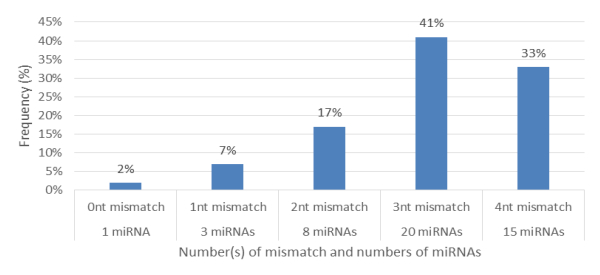
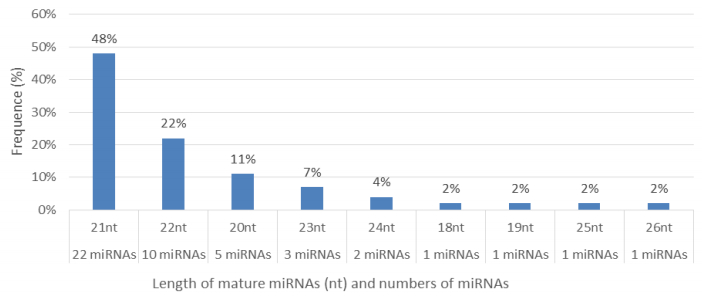
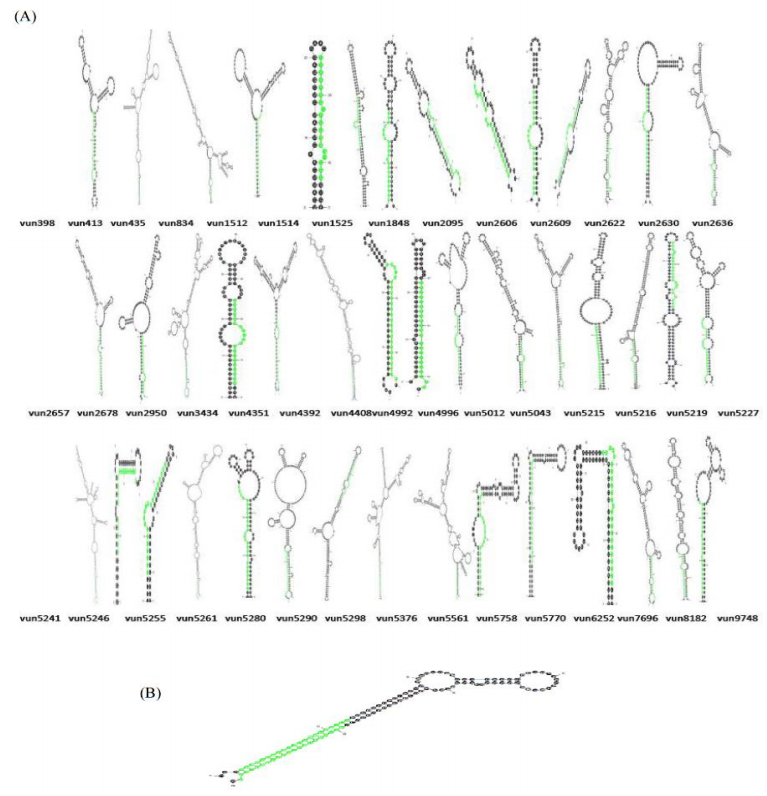
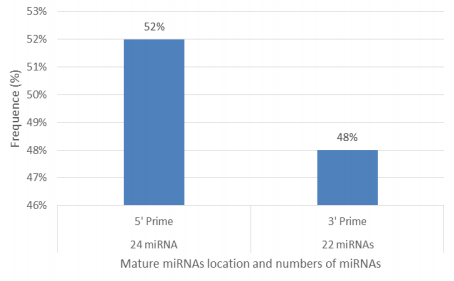
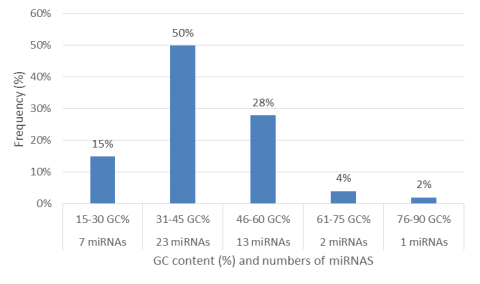
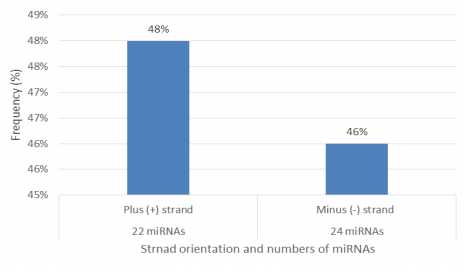
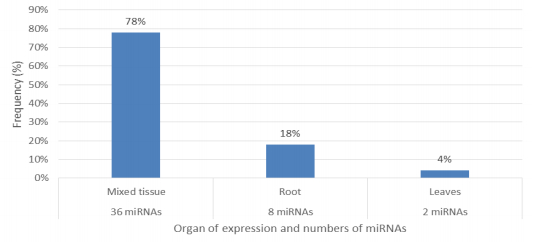
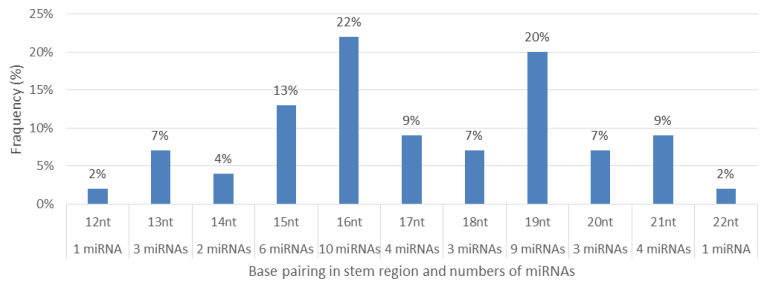
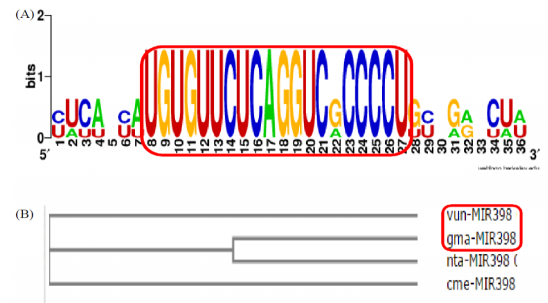


 DownLoad:
DownLoad: